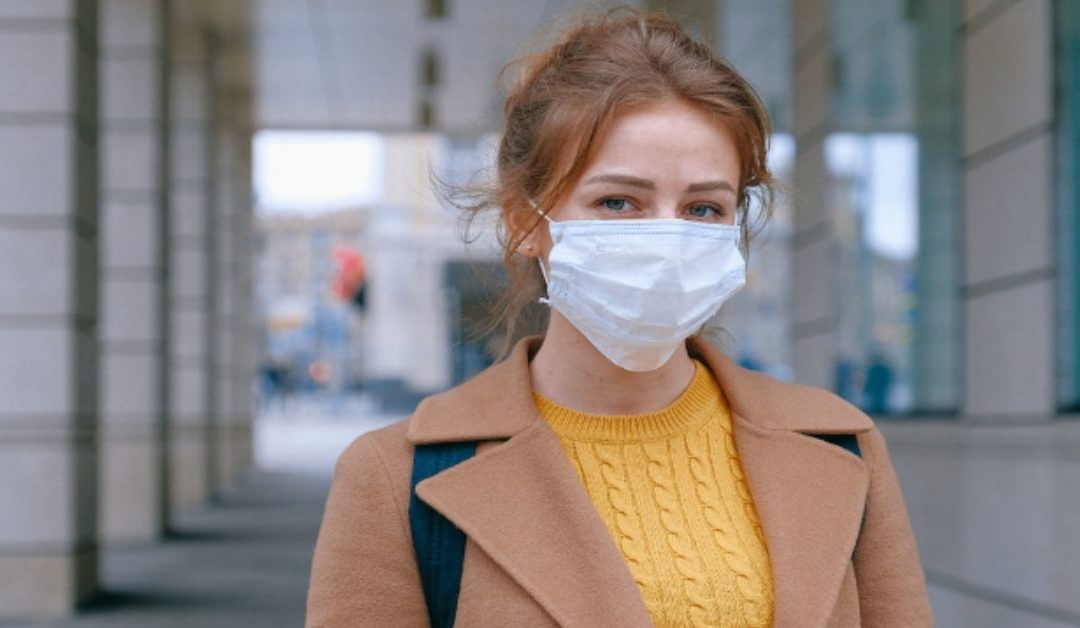Airborne viruses have increasingly become a concern over the past few years. From tuberculosis to COVID-19, people are looking for ways to reduce transmission rates and preserve their health. Air purification systems have become one of the most comprehensive solutions that organizations rely on to yield the results they seek. So, what exactly are these types of viruses, and how can purification systems reduce the threat?
Definition of Airborne Virus
An airborne virus is a pathogen suspended in the air that can enter the body via the respiratory system. During cold and flu season, time spent indoors plays a role in the increased spread of these viruses. When someone infected with an airborne virus sneezes or coughs, droplets containing the pathogen are expelled into the air and can travel up to 27 feet. If someone is within close proximity and breathes in these droplets, they can become infected.
The Different Types of Airborne Viruses
There are many types of viruses that can linger in the air. Some are more dangerous than others and a few might surprise you. Here are some of the most common ones:
- Chickenpox: This is a highly contagious viral infection characterized by a blister-like rash. Contrary to what many think, it most commonly spreads through coughing and sneezing.
- Measles: This highly contagious viral infection manifests as a fever, rash, and runny nose. Like chickenpox, it most commonly spreads through coughing and sneezing.
- SARS-CoV: This virus caused the 2002-2004 SARS pandemic. It is similar to COVID-19 and spreads through respiratory droplets.
- COVID-19: Scientists first identified the novel coronavirus in 2019. It is similar to SARS-CoV. COVID-19 spreads through respiratory droplets, which an infected person expels when they cough or sneeze.
- Rubella: This virus is similar to measles and also includes fever, a distinctive red rash, and a runny nose. Like its twin, it most commonly spreads through coughing and sneezing.
- Tuberculosis: This bacterial infection causes several respiratory symptoms, including a cough with blood, chest pain, and shortness of breath.
- Pneumonia: This lung infection can result from bacteria, viruses, or fungi. It is also most commonly spread through coughing and sneezing.
How Air Purification Systems Can Help
Air purification systems are a critical part of any comprehensive approach to reducing the spread of viruses lingering in the air. Combined with other infection control measures, such as handwashing and social distancing, they can effectively reduce the transmission of these dangerous pathogens.
Purification systems can reduce the spread of viruses by filtering out the contaminants in the air. These systems remove a wide variety of particles, including viruses, bacteria, dust, and pollen. Additionally, many air purifiers use ultraviolet light to kill viruses and bacteria. This technology is often used in hospitals to reduce the spread of infection.
When selecting an air purifier, it is essential to choose a model appropriate for the size of the space and the level of contamination. Additionally, schedule routine maintenance to ensure optimal performance.
What Makes Sterilumen Different From the Competition
We have invested heavily in leading technologies that vastly improve the ability of devices to filter air. These efforts started with taking the time to understand the definition of airborne virus types and the way they spread. Consequently, our patented technologies have become trusted solutions in industries where effectiveness matters most, such as space, health care and, assisted living. We have also prioritized sustainability by ensuring our products are safe, green, and energy-efficient.


Recent Comments